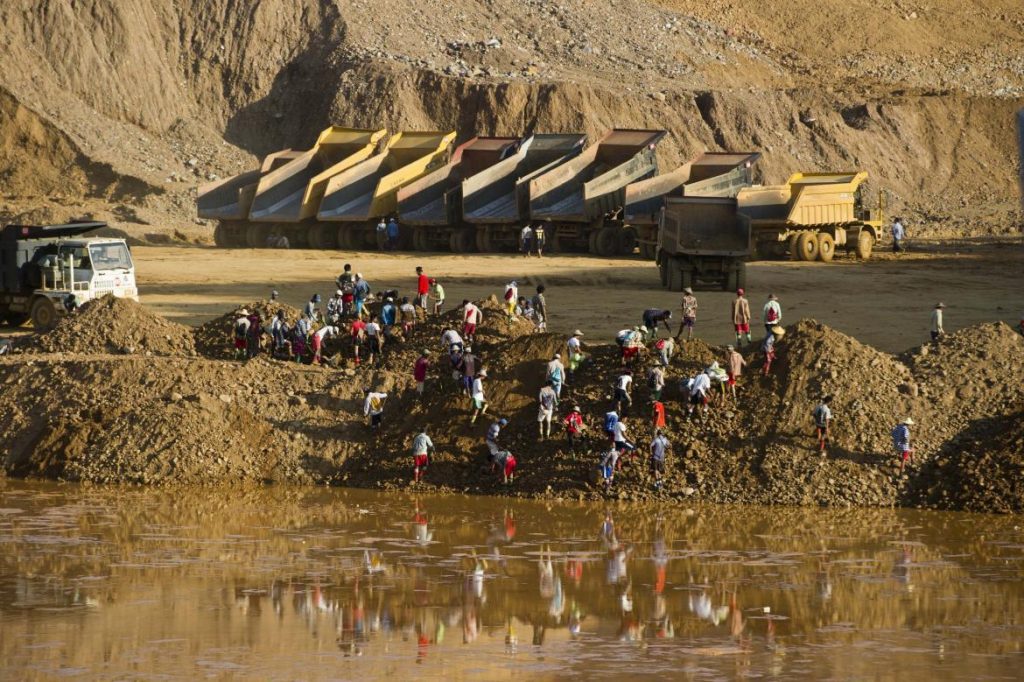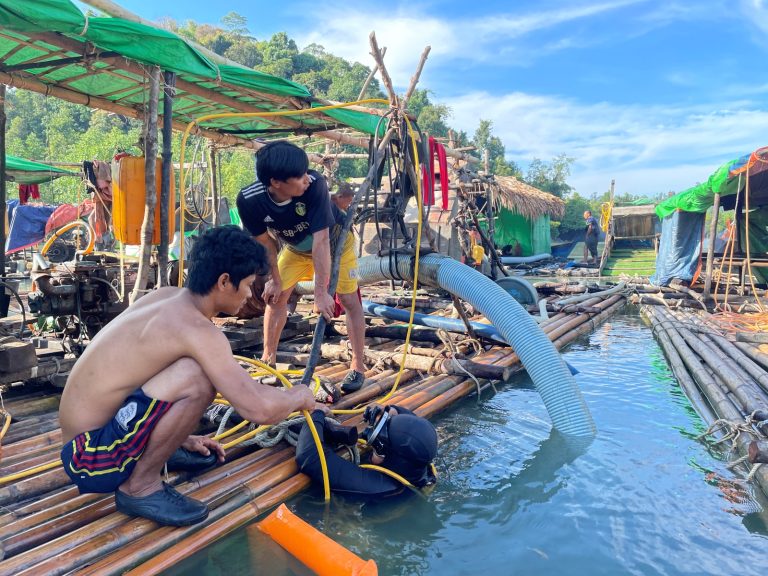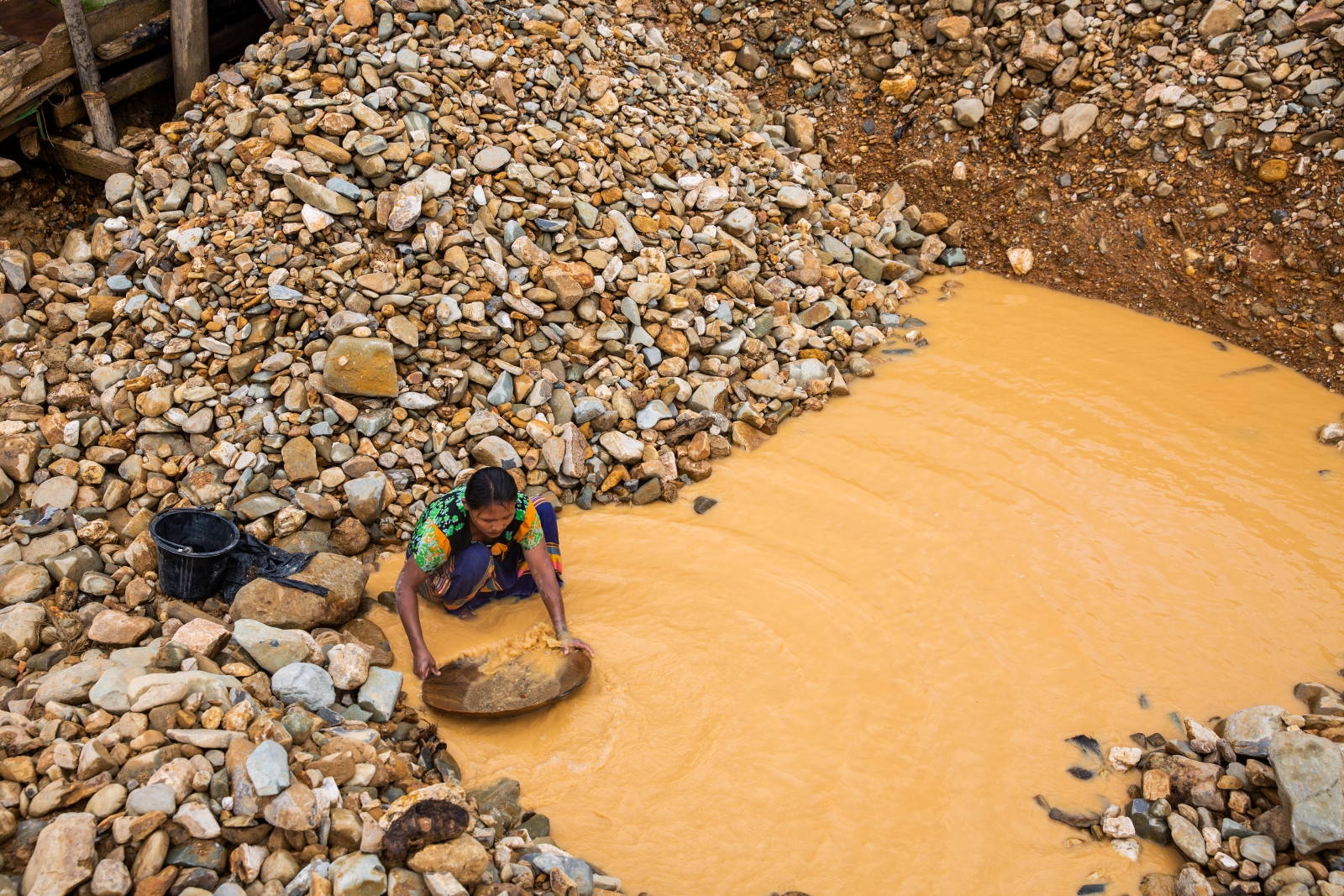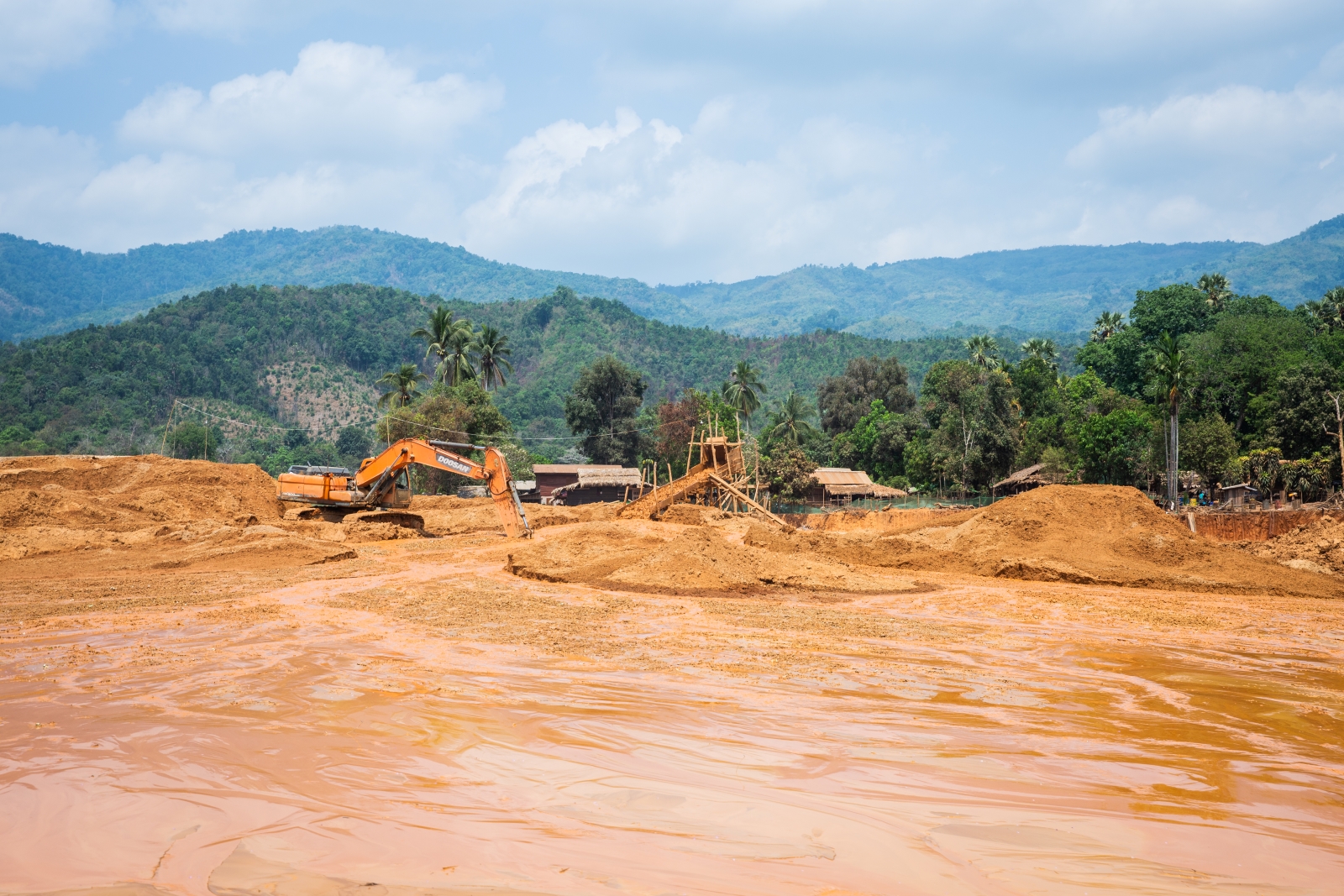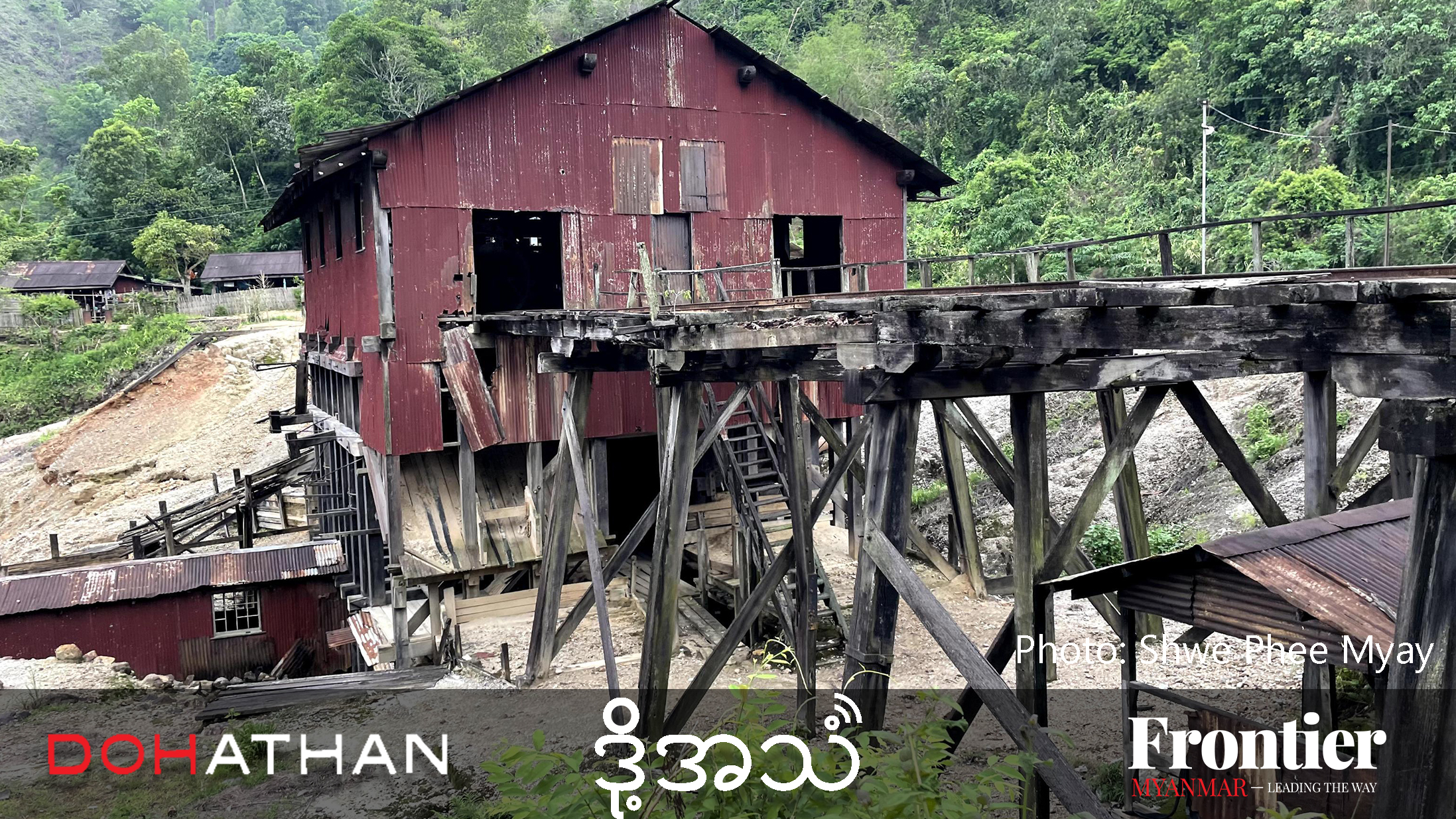By KYAW LIN HTOON | FRONTIER
YANGON — After years of delays, the government has issued rules to bring into force the new Myanmar Mines Law and potentially encourage increased foreign investment.
Wide-ranging amendments to the Mines Law aimed at making the sector more attractive to investors and addressing social and environmental concerns were enacted in December 2015.
Important changes include the possibility of longer permits and foreign investment in small and medium scale projects. The amended law also contains stipulations that investors contribute to an environmental fund and consider post-mine rehabilitation.
But the industry was left in limbo by the delays in drafting the rules, which were supposed to be enacted within 90 days of the law being passed.
Support more independent journalism like this. Sign up to be a Frontier member.
Director General U Khin Latt Kyi from the Minister for Natural Resources and Environmental Conservation’s Office confirmed to Frontier that the rules were issued on February 13.
He identified three key points in the rules. The first is that they give authority to the state and region-level governments to manage small and medium scale mines.
“In future, Nay Pyi Taw will only manage large-scale production. That’s one of the obvious differences with the previous rules enacted in 1996,” he said.
The second key change is that the rules give more authority and responsibility to the respective levels of government to monitor the operations of mining companies, such as whether they are damaging the environment or if they have failed to conduct corporate social responsibility activities as promised. “The departments will now be able to control and manage [companies] well,” he said.
The third change is that the rules require mine operators to submit to submit a mine rehabilitation plan to the ministry.
The rules also introduce many other changes to support the development of the industry, he said, noting that they contain 225 sections compared to just 124 in the 1996 version.
“The mining sector is broad and there are a lot of different tasks to carry out in order to reform it. These rules are a solid foundation for us to do that,” Khin Latt Kyi said. “They can bring many improvements to the sector.”
During the drafting process, the ministry conducted stakeholder consultations with more than 300 people, including mining businesses and technical experts.
“We had to take our time to draw these up because many discussions were needed,” he said.
The rules are considered important because they clarify key elements of the law, particularly new sections on profit sharing and equity participation between the government and investors.
However, Frontier could not confirm the contents of the rules because they have not yet been distributed publicly. Khin Latt Kyi said they would be available “sooner or later”. In the meantime, those interested could buy them in person at the Minister for Natural Resources and Environmental Conservation’s Office in Nay Pyi Taw.
Mr Eugene Quah of Eugene Quah & Associates, a boutique business advisory firm focusing on Myanmar, said the release of the “long-awaited” regulations was a “positive development” for the industry.
He said the International Investors for Mineral Development Association – an industry association with 23 members, including Eugene Quah & Associates – was looking forward to working with the government and other stakeholders to improve the regulatory framework so that it supports responsible mining and is attractive to international investors.


